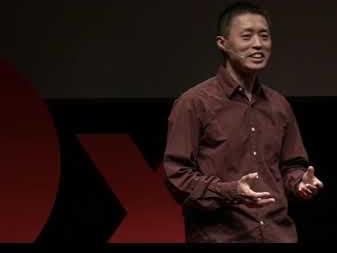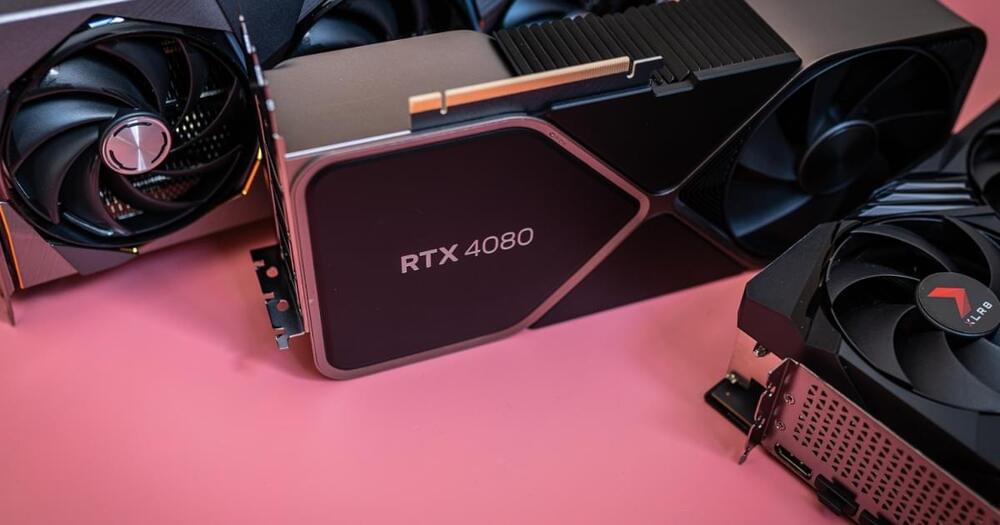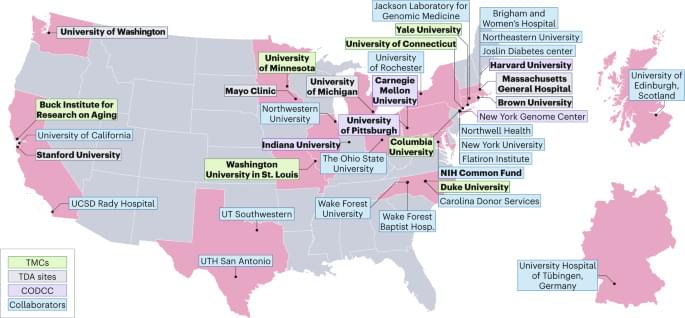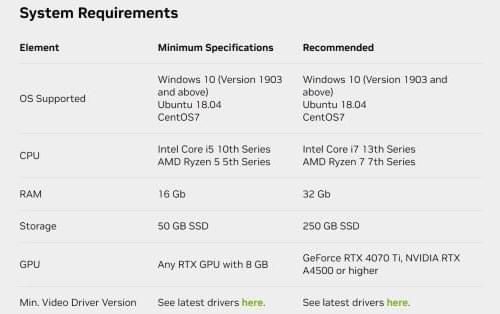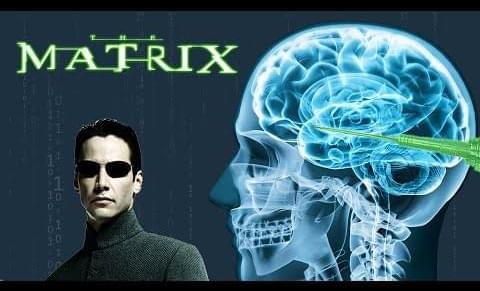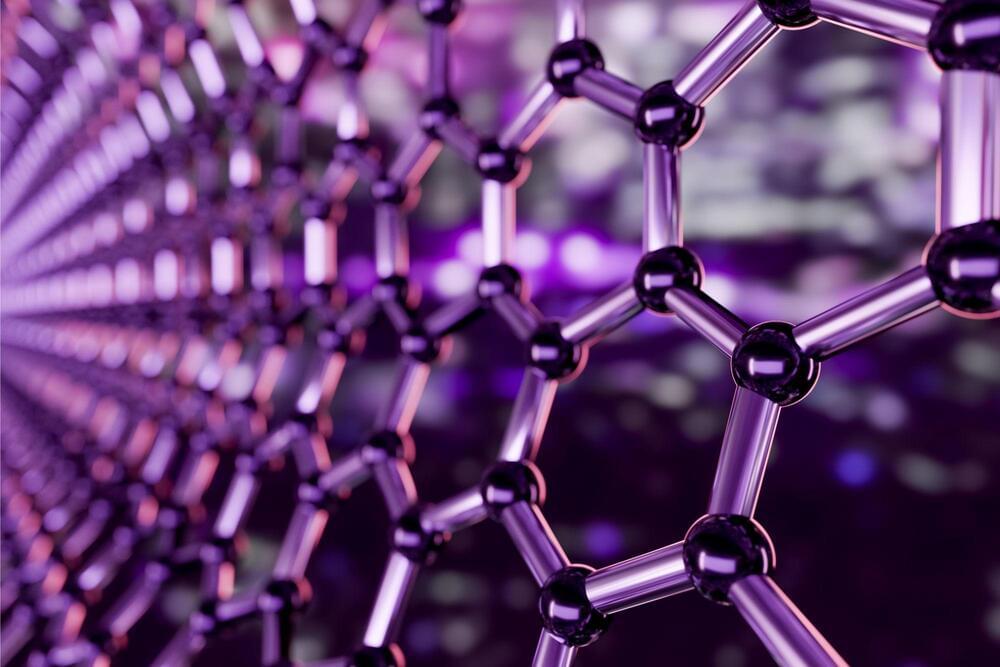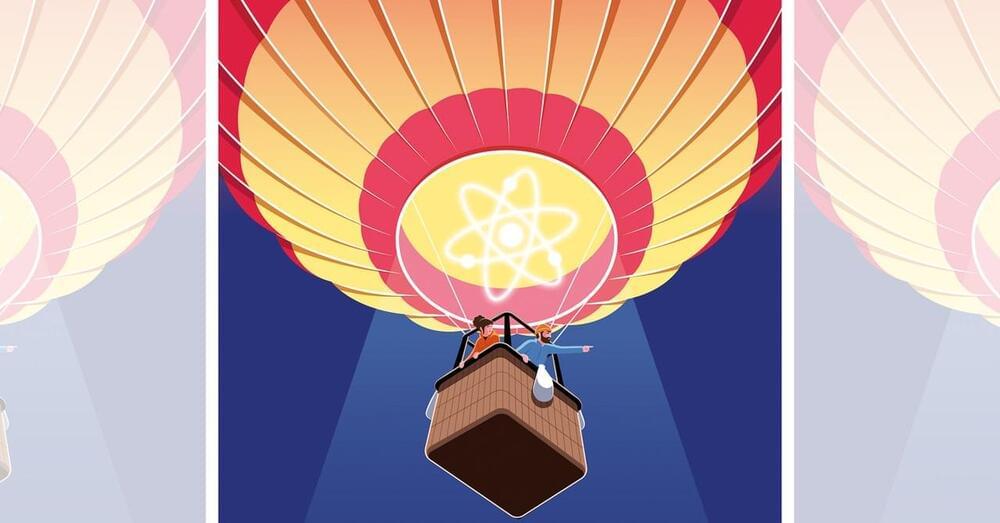From cyborgs to the Sugababes, IT expert Robert Anderson talks about a world where the line between humans and machines becomes blurred. Drawing on his personal experiences of facing prejudices and bigotry while growing up, he shares his insight on how we can avoid repeating the mistakes of the past in order to create a society where humans and transhumans can live together in an open and equal manner. He urges us to take action now because as he says, “Transhumanism is coming and it’s coming sooner than you think. We cannot afford to have the fear of the other rule this world.“
Robert Anderson has been interested in how technology can improve humans’ lives ever since he can remember. He started programming computers at age 10 and has been working in IT for the past 20 years with blue-chip companies to develop IT strategies and roadmaps.
Robert says he likes how ‘TEDxFolkstone cares about developing a group of people who are speakers, not just about people who are doing TED talks.’
He lives in Ashford and is happily married with four children who are ‘a delight to be around’. This talk was given at a TEDx event using the TED conference format but independently organized by a local community.
